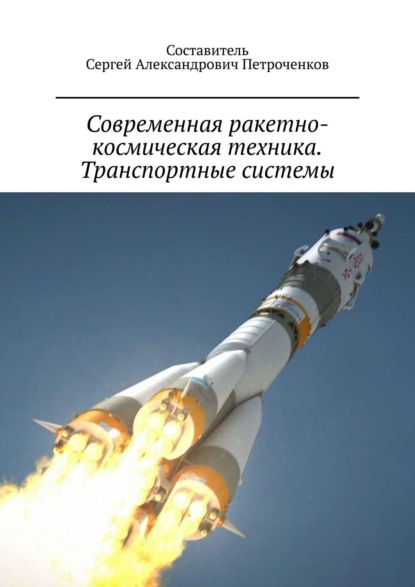Эта книга посвящена современным технологиям производства микробиологически безопасных продуктов для нашего глобального стола. Каждая глава резюмирует последние научные достижения, особенно в области переработки пищевых продуктов, обеспечения безопасности пищевых продуктов до и после сбора урожая, контроля качества и регуляторной информации. Книга начинается с общего обсуждения микробных опасностей и их последствий для общественного здравоохранения. Затем она переходит к обзору процессов производства различных видов пищевых продуктов, включая молочные, яйца, говядину, птицу и фрукты и овощи, указывая потенциальные источники пищевых заболеваний человека. Авторы рассматривают растущий рынок переработанных пищевых продуктов, а также новые методы, такие как инновационная упаковка и технологии для снижения микроорганизмов порчи и продления срока годности. Каждая глава также описывает нормальную микрофлору сырья, проблемы порчи, патогены, вызывающие озабоченность, источники загрязнения, факторы, влияющие на выживание и рост патогенов и микроорганизмов порчи, индикаторные микроорганизмы, подходы к поддержанию качества продукции и снижению вредных микробных популяций, микробиологические стандарты для конечного тестирования продукции, традиционные микробиологические и молекулярные методы, а также вопросы регулирования. Другие важные темы включают безопасность генетически модифицированных организмов (ГМО), прогнозирующую микробиологию, возникающие пищевые патогены, надлежащие сельскохозяйственные и производственные процессы, птичий грипп и биотерроризм.
This book provides an up-to-date account of advancements in producing microbiologically safe food for consumption. Each chapter provides a summary of recent scientific advancements, with particular emphasis on food processing technology, food safety both pre-and post-harveast, quality control and regulatory concerns. The book opens with a discussion on microbial dangers and their impact on public health. Next, it surveys the manufacturing processes for different types of food, including dairy products, eggs, meat, poultry and fresh and processed produce, noting potential sources of foodborne illness from their consumption. This is followed by an assessment of how the market for processed foods is evolving, as well as cutting-edge innovations such as novel food packages and technologies designed to minimize spoilage microorganisms and extend shelf-life. During its discussion, each chapter also explores the normal flora of unprocessed products, issues that may lead to spoilage, pathogenic organisms of concern, routes of possible contamination, various factors which may influence the survivorship and growth rates of pathogens, presence of indicator microorganisms, strategies adopted to maintain product quality and reduce unwanted microbiota, microbiological norms for end product testing, traditional and modern microbiological techniques, as well as contemporary regulatory challenges. Moreover, the book covers safety issues related to genetically modified organism (GMO) usage, predictive microbiology, recently emerged foodborne threats, overall consideration of agricultural practices and manufacturing regulations, throughout consideration of bird flu and bioterrorist risk.
Электронная Книга «Microbiologically Safe Foods» написана автором Norma Heredia L. в году.
Минимальный возраст читателя: 0
Язык: Английский
ISBN: 9780470439067
Описание книги от Norma Heredia L.
This book focuses on state of the art technologies to produce microbiologically safe foods for our global dinner table. Each chapter summarizes the most recent scientific advances, particularly with respect to food processing, pre- and post-harvest food safety, quality control, and regulatory information. The book begins with a general discussion of microbial hazards and their public health ramifications. It then moves on to survey the production processes of different food types, including dairy, eggs, beef, poultry, and fruits and vegetables, pinpointing potential sources of human foodborne diseases. The authors address the growing market in processed foods as well novel interventions such as innovative food packaging and technologies to reduce spoilage organisms and prolong shelf life. Each chapter also describes the ormal flora of raw product, spoilage issues, pathogens of concern, sources of contamination, factors that influence survival and growth of pathogens and spoilage organisms, indicator microorganisms, approaches to maintaining product quailty and reducing harmful microbial populations, microbial standards for end-product testing, conventional microbiological and molecular methods, and regulatory issues. Other important topics include the safety of genetically modified organisms (GMOs), predictive microbiology, emerging foodborne pathogens, good agricultural and manufacturing processes, avian influenza, and bioterrorism.



















